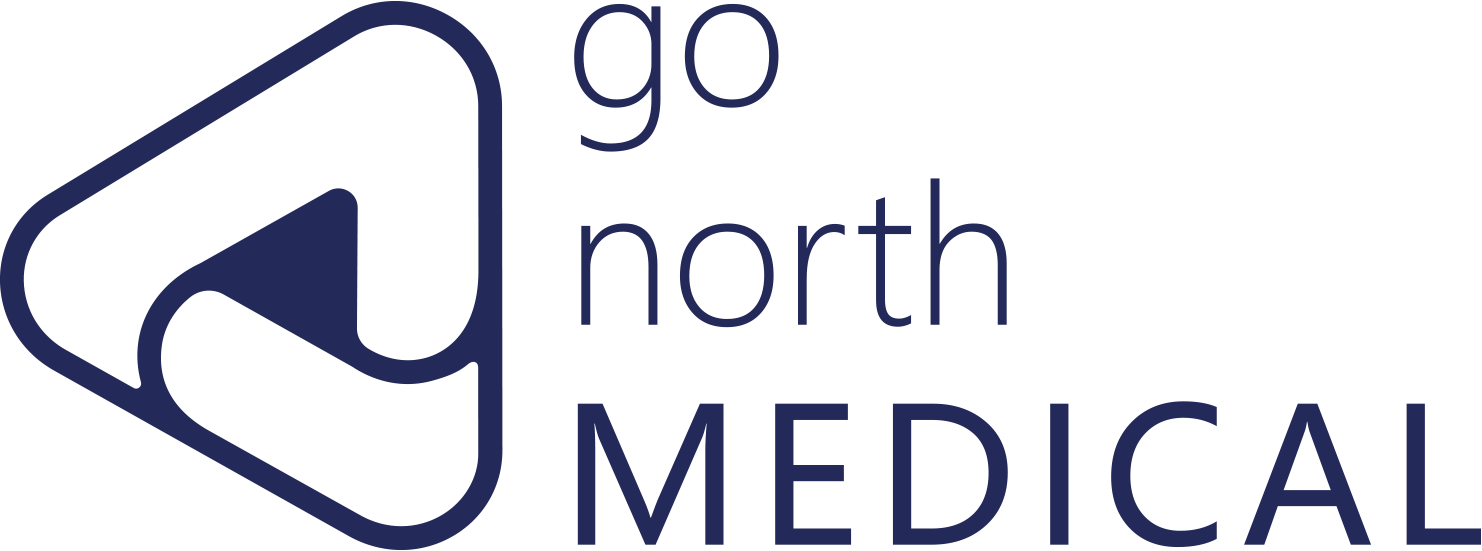Quantifying the burden of disease in patients with Lennox Gastaut syndrome
Spoor JKH, Greco T, Kamp MA, Faini S, Senft C, Dibué M.
Behav Rep. 2021 Nov 25;16:100508.
https://doi.org/10.1016/j.ebr.2021.100508.
Lennox-Gastaut syndrome (#LGS) is a severe epilepsy syndrome characterized by different types of seizures, especially tonic and atonic seizures, that are generally difficult to treat with antiseizure medications (#ASMs). Patients with LGS often suffer from cognitive dysfunctions and behavioral problems. In the following weeks, our clinical evidence updates will focus on LGS and the treatment outcome of vagus nerve stimulation (#VNS).
This recent study by Spoor et al. (Nov. 2021) compared the seizure burden of 705 and 1410 drug-resistant epilepsy (DRE) patients with and without LGS. The patients were selected using the VNS Therapy Patient Outcome Registry (LivaNova, Houston, TX, USA) and Propensity Score Matching. The major disease burdens in LGS patients included:
𝐒𝐞𝐯𝐞𝐫𝐞 𝐬𝐞𝐢𝐳𝐮𝐫𝐞 𝐭𝐲𝐩𝐞𝐬
The most common seizure types for the LGS group were bilateral tonic-clonic (51.3%) and “drop attacks” (38.7%).
𝐇𝐢𝐠𝐡𝐞𝐫 𝐬𝐞𝐢𝐳𝐮𝐫𝐞 𝐟𝐫𝐞𝐪𝐮𝐞𝐧𝐜𝐲 𝐢𝐧 𝐭𝐡𝐞 𝐲𝐨𝐮𝐧𝐠𝐞𝐫 𝐠𝐫𝐨𝐮𝐩
The monthly seizure count in the younger LGS group (seizure onset age: <12 yr) was twice that of the non-LGS group. The higher seizure count was associated with psychosocial or psychiatric disorders, behavioral problems, neurological defects, mental retardation, developmental delay, and chronic illness.
𝐇𝐢𝐠𝐡𝐞𝐫 𝐀𝐒𝐌 𝐛𝐮𝐫𝐝𝐞𝐧 𝐰𝐢𝐭𝐡 𝐩𝐨𝐨𝐫𝐞𝐫 𝐬𝐞𝐢𝐳𝐮𝐫𝐞 𝐜𝐨𝐧𝐭𝐫𝐨𝐥
The percentage of patients who took 3 ASMs in the LGS group (40%) was higher than that of the non-LGS group (32.1%). However, the median monthly seizure count in LGS (90; 95% CI 83-105) is significantly higher than in the non-LGS group (40; 95% CI 34-45; p<0.001).
𝐅𝐚𝐬𝐭𝐞𝐫 𝐞𝐬𝐜𝐚𝐥𝐚𝐭𝐢𝐨𝐧 𝐨𝐟 𝐬𝐞𝐢𝐳𝐮𝐫𝐞 𝐛𝐮𝐫𝐝𝐞𝐧
The median duration between seizure onset and VNS implantation for the LGS group was much shorter than that of the non-LGS group (13 yr vs.23 yr), indicating a faster escalation of seizure burden for LGS patients.
The quantitative information from this study on the disease burden of LGS patients is helpful for LGS-specific clinical designs in the future.


